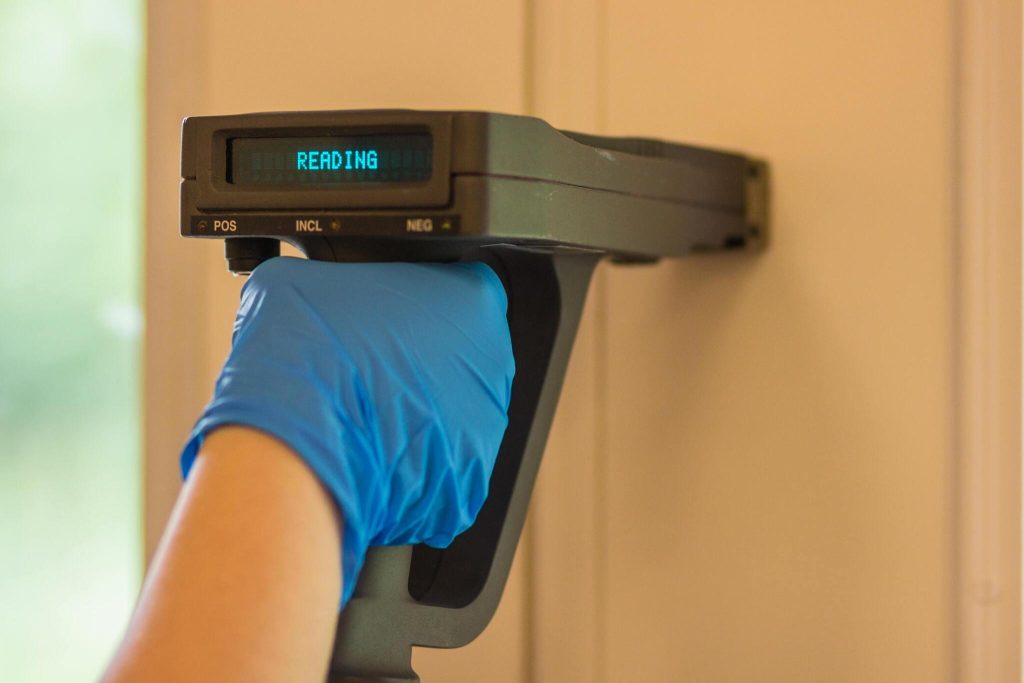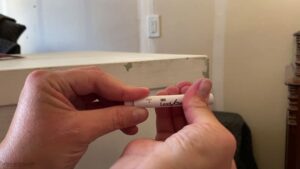In the quest for safe and healthy living spaces, homeowners often find themselves grappling with hidden threats lurking within the walls of their homes. One such concern that has gained prominence over the years is the presence of lead paint.
In this blog, we will try to comprehend the presence of lead paint in residences and delve into the importance of lead paint testing to guarantee a secure environment for you and your loved ones.
Understanding the Scope
Lead paint testing is critical in safeguarding public health and ensuring the safety of residential and commercial spaces. The scope of paint contamination analysis extends beyond the mere identification of lead-based paint; it encompasses a comprehensive assessment of potential lead hazards within a given environment.
This evaluation involves using specialized equipment and methodologies to detect lead-containing materials, assess their condition, and determine the risk of lead exposure.
The scope also includes analyzing soil and dust samples, as lead particles from deteriorating paint can contaminate these areas, posing a threat to occupants, especially young children who are more susceptible to lead poisoning.
Property owners, landlords, and regulatory agencies can implement effective measures to mitigate lead hazards and create healthier living & working environments by understanding the full scope of paint contamination analysis.
Furthermore, the scope of paint contamination analysis extends beyond immediate health concerns to address long-term environmental impact.
When improperly managed or disposed of, lead-based paint can contribute to soil and water contamination. This contamination, in turn, poses risks to ecosystems and wildlife.
Significance of Lead Paint Contamination Analysis
Protecting Your Loved Ones
Lead exposure poses severe health risks, particularly to young children and pregnant women. Cognitive and developmental issues, as well as other health problems, can arise from even low levels of lead exposure.
Conducting paint contamination analysis is a proactive step towards creating a safe living space for your family, ensuring their well-being and long-term health.
Legal Implications
Homeowners looking to sell or renovate their properties should be aware of regulations surrounding lead paint. Non-compliance with lead paint regulations can lead to legal issues and financial liabilities.
By investing in paint contamination analysis, homeowners can address potential lead hazards and adhere to legal requirements, safeguarding their health and legal standing.
Preserving Property Value
Lead paint can affect the resale value of a property. The signs of lead may deter prospective buyers, which can impact the home’s marketability.
Paint contamination analysis allows homeowners to address any issues beforehand, ensuring that their property remains an attractive and safe investment.
DIY Renovation Risks
DIY renovation projects in older homes can inadvertently release lead dust into the air, posing health risks to residents and the individuals carrying out the renovations.
Paint contamination analysis provides essential information for homeowners planning renovations, allowing them to take necessary precautions and follow lead-safe practices.
How Do I Determine Whether There Is Lead-based Paint In My Residence?
Here are some steps you can take to evaluate the presence of lead-based paint in your home:
Age of the House
If your house was built before 1978, it is more likely to contain lead-based paint. However, it’s not guaranteed, as some homes built after 1978 may still have remnants of lead-based paint.
Home Inspection
Consider hiring a certified lead inspector or risk assessor to evaluate your home. These professionals use specific techniques and equipment to test for the presence of lead-based paint.
DIY Test Kits
You can purchase lead test kits from hardware stores or online. These kits typically include swabs you can rub on different surfaces to check for lead. Follow the instructions carefully, and remember that some kits have limitations in terms of accuracy of results.
Visual Inspection
Inspect the painted surfaces in your home. Lead-based paint may have a distinct, chalky appearance and can chip or peel off. It is often found on windows, doors, trim, and other areas with frequent friction.
Check for Layers
If your house has been repainted multiple times, you may be able to see layers of different paint. Lead-based paint might be present in older layers beneath newer, non-lead-based paint.
Look for Hazards
Focus on areas where lead-based paint hazards are common, such as windowsills, doors, and areas with friction or impact, like stair railings.
Also Read: How Much Does Lead Paint Testing Cost in NYC?
Conclusion
The prevalence of lead paint in houses, especially those built before the 1970s, is a concerning reality. However, with advancements in lead paint testing technologies, homeowners can proactively identify and address potential hazards.
Prioritizing paint contamination analysis not only ensures the safety of your loved ones but also protects your property value and legal standing. As you embark on the homeownership journey, remember that knowledge and proactive measures are key to creating a secure and healthy living environment.
Don’t wait until it’s too late—take control of your home’s safety today. Contact Manhattan Lead and schedule a consultation with our experts.




